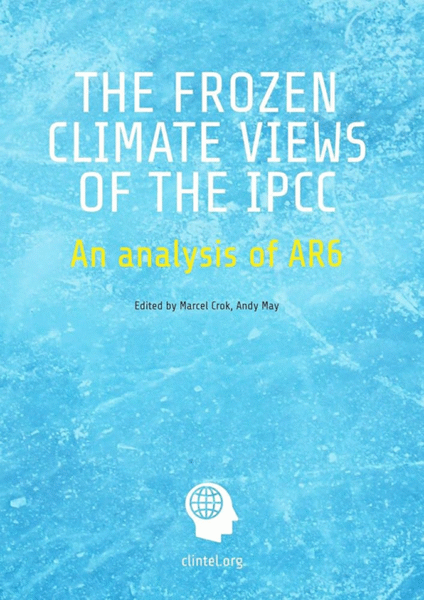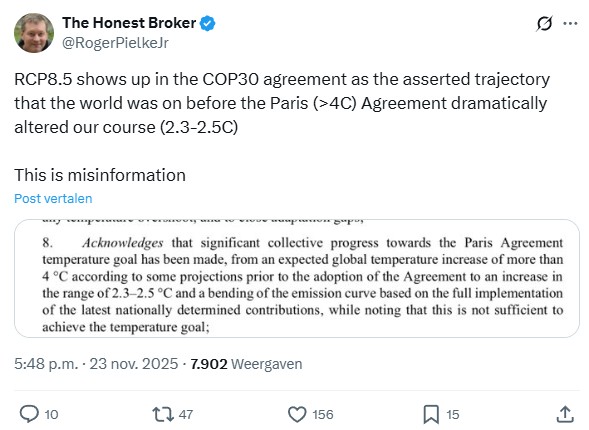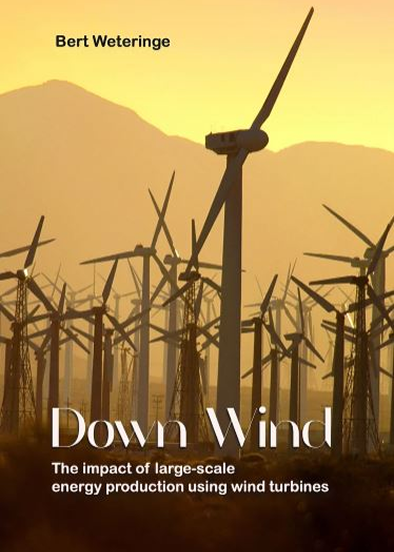COP30 Is Lying To Justify Its Existence
COP30 is building its case on climate misinformation that rewrites the past to claim a victory it never earned.
The COP30 agreement claims the world was previously on track for more than 4C of warming until the Paris Agreement heroically “bent” that trajectory down to 2.3–2.5C:
However, “this is misinformation,” says Roger Pielke Jr., Professor of Environmental Studies at the University of Colorado Boulder. It is a fiction built on the carcass of RCP8.5 — the extreme scenario that scientists quietly abandoned years ago because it required impossible coal use, implausible demographics and an economic collapse that never happened.
COP30 is resurrecting an unrealistic, disowned scenario in order to claim that Paris saved the world. The problem is the data. Real-world emissions show no curve bending, no slowdown and no “Paris effect”.
Paris didn’t change emissions, but it did unlock a permanent justification for climate taxation, energy rationing and the dismantling of cheap, reliable power — the foundation of economic prosperity.
COP30 needs a victory to justify its existence. So it has rewritten history: invent a 4C trajectory, pretend Paris knocked it down, and congratulate itself for saving humanity.
The world was never heading for RCP8.5. Paris didn’t change emissions.
Lies.
more news
Beyond the Climate Change Consensus
Report from The International Conference of the Hungarian Academy of Sciences, Budapest by Demetris Koutsoyiannis
Past Global Warming More Rapid than Today’s: The Younger Dryas
With clear scientific storytelling, Ralph B. Alexander highlights how the Younger Dryas ended in a burst of natural warming far faster than what we observe today. His article raises compelling questions about the drivers of abrupt climate change in Earth’s history.
The Frozen Climate Views of the IPCC by Clintel now also available in French
“This is undoubtedly an essential text that perfectly illustrates the perverse functioning of the IPCC: cherry picking, alarmist summaries betraying the uncertainties of scientists, the sidelining of critical studies, et cetera.”








